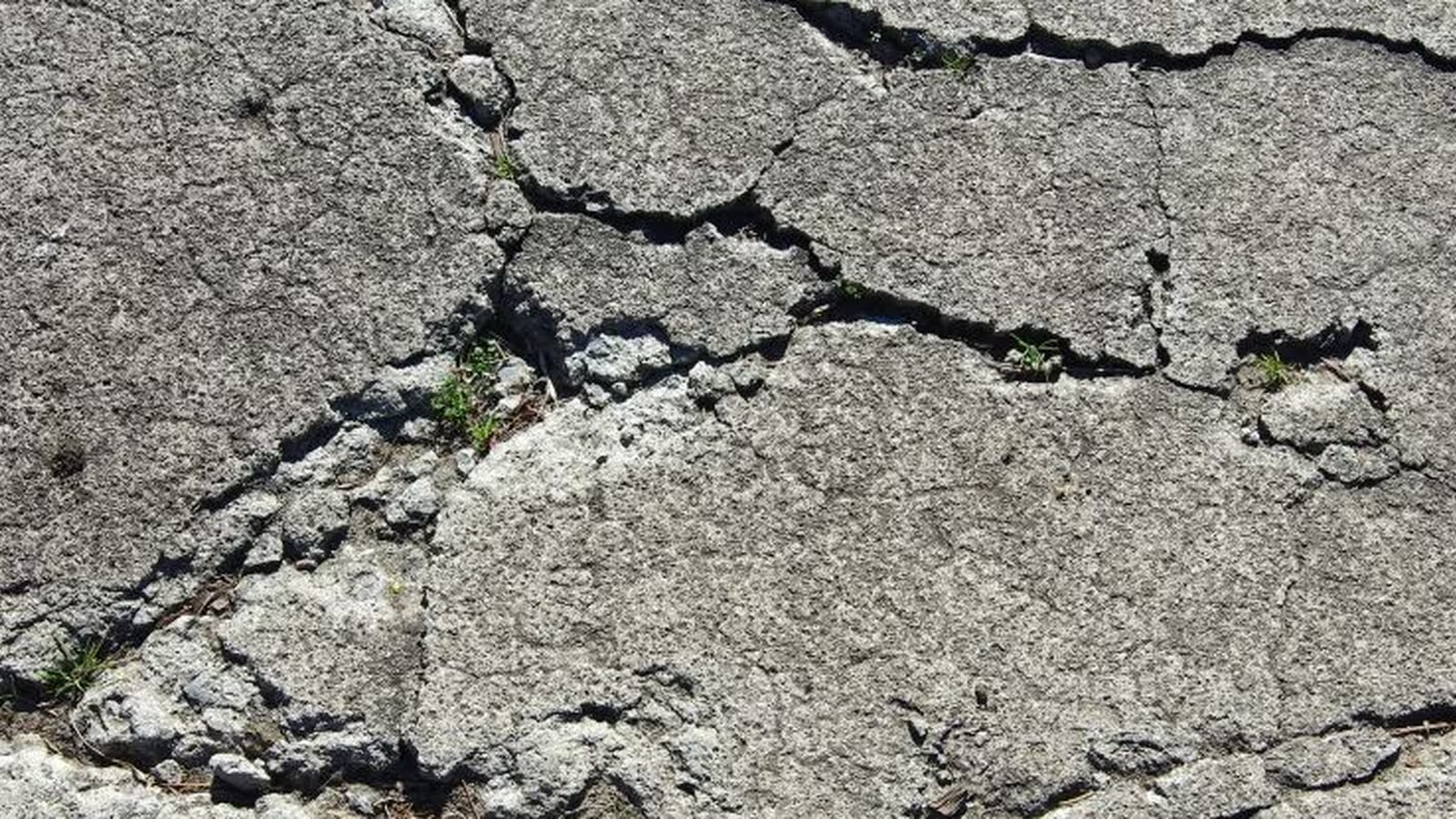3 Minutes
Scientific Background: The Challenge of Concrete Durability
Concrete has become an indispensable material in modern infrastructure, celebrated for its strength, versatility, and ease of use. However, a long-standing obstacle for civil and materials engineers is its inherent brittleness—concrete possesses low tensile strength, making it susceptible to cracking over time due to stress, weather, or regular wear. Such cracks not only compromise safety but also reduce the lifespan of buildings and structures, leading to costly repairs and increased carbon footprints in the construction sector.
The Evolution of Self-Healing Concrete
For decades, scientists have searched for ways to address this weakness, pioneering self-healing materials as a solution. Initial attempts frequently leveraged bacteria capable of producing minerals that fill cracks. While promising, these approaches largely depended on manual intervention: bacteria required external nutrient supplies, often applied by maintenance teams, to remain active and effective in repairing damaged concrete. "Microbe-mediated self-healing concrete has been extensively investigated for more than three decades," explains Dr. Congrui Grace Jin, a mechanical engineer at Texas A&M University leading the latest developments. "However, none of the current approaches have been truly autonomous, since they require ongoing external nutrients for the microorganisms to continue producing repair materials."
Innovation: Synthetic Lichen Enables Fully Autonomous Healing
A groundbreaking method, detailed in a new study led by Nisha Rokaya of the University of Nebraska-Lincoln and Dr. Jin, harnesses the capabilities of a custom-designed synthetic lichen. Unlike bacteria-based systems, lichens are composite organisms formed by a symbiotic partnership between fungi and photosynthetic cyanobacteria or algae. This engineered lichen utilizes cyanobacteria that extract carbon dioxide and nitrogen directly from the air, while a specialized mold attracts ionized calcium, promoting the formation of calcium carbonate—the same robust material found in eggshells, marine shells, coral, and chalk.
How Synthetic Lichens Repair Cracked Concrete
In controlled laboratory experiments, the engineered lichens demonstrated the unique ability to autonomously deposit significant quantities of calcium carbonate into breaks in concrete, effectively "gluing" the separated pieces and preventing further damage. This self-sustaining process echoes techniques used by the ancient Romans, whose concrete longevity is partially attributed to the natural formation of healing minerals over centuries. Unlike previous iterations involving bacteria, the lichen-based system is fully self-sufficient; the organisms do not require human-applied nutrients to thrive and function, reducing maintenance costs and complexity.
Implications and Future Outlook
The successful demonstration of lichen-driven concrete repair marks a significant advance in sustainable construction technology. "The results show the potential for creating a stable, phototrophic-heterotrophic system for continuous, self-sustained concrete repair," the research team notes, "utilizing the abilities of two different species together, and eliminating the need for added nutrients from outside sources." While the technology must be further evaluated—especially its performance repairing pre-existing or larger cracks—this approach could dramatically extend the service life of critical infrastructure, reducing the environmental impact linked to concrete production and maintenance.
Conclusion
The development of living concrete that autonomously heals its own cracks through synthetic lichen integration represents a transformative step forward for materials science and green construction. As urbanization and infrastructure demands continue to rise globally, innovations like this not only promise safer, more resilient cities but also support climate-smart building practices for the future.



Comments